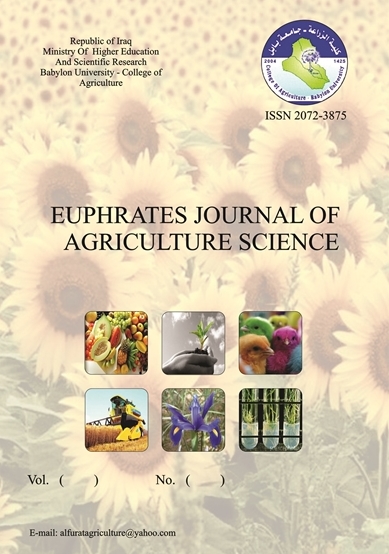Abstract
This experiment was carried out at the Poultry Breeding Unit of the Teaching and Research Farm of the Animal Science Department at College of Agricultural Engineering Sciences, University of Sulaimani, from February,1,2022 to June,20,2022.
Fifty ducklings were collected from different locations in Suleimani at one week age, The housing was divided into (4) floor cages. The average of the studied samples across all populations was (10.000). All 15 markers used to investigate the genetic diversity of local ducks produced (0.695) alleles on average, of which (1.137) were determined to be effective. The mean of Shannon diversity index was (0.147), and the mean of diversity was (0.091). Finally, the mean of unbiased diversity was (0.101).
The Result of dendrogram clustering confirmed the result of PCoA. The Main samples indicated three main classes. The results of the analysis of molecular variance (AMOVA) showed that among populations accounted for 25% of the genetic variance. Within populations, 75% of the genetic variation was detected.
Keywords: Local Duck, ISSR and URP marker
Fifty ducklings were collected from different locations in Suleimani at one week age, The housing was divided into (4) floor cages. The average of the studied samples across all populations was (10.000). All 15 markers used to investigate the genetic diversity of local ducks produced (0.695) alleles on average, of which (1.137) were determined to be effective. The mean of Shannon diversity index was (0.147), and the mean of diversity was (0.091). Finally, the mean of unbiased diversity was (0.101).
The Result of dendrogram clustering confirmed the result of PCoA. The Main samples indicated three main classes. The results of the analysis of molecular variance (AMOVA) showed that among populations accounted for 25% of the genetic variance. Within populations, 75% of the genetic variation was detected.
Keywords: Local Duck, ISSR and URP marker
